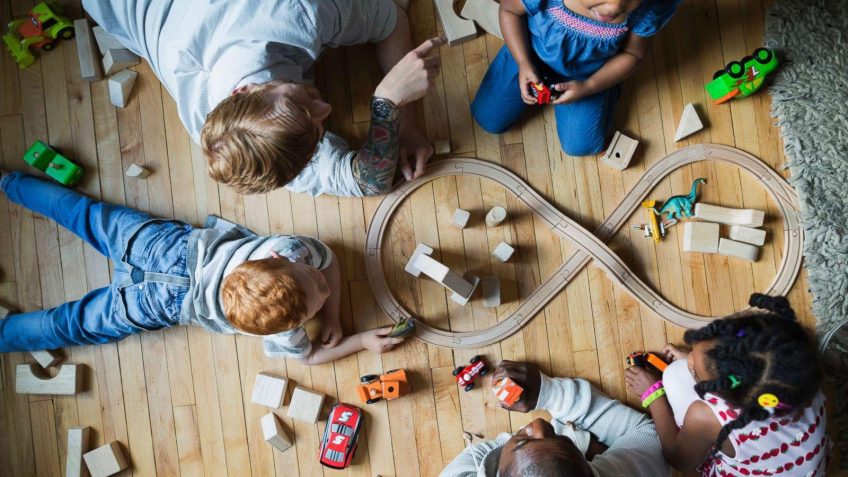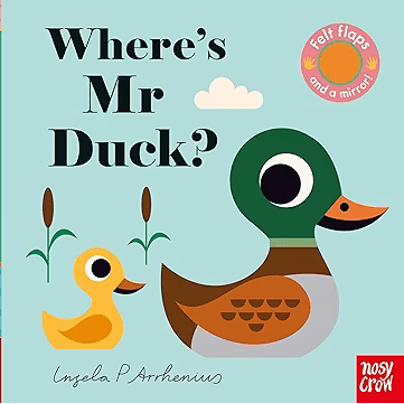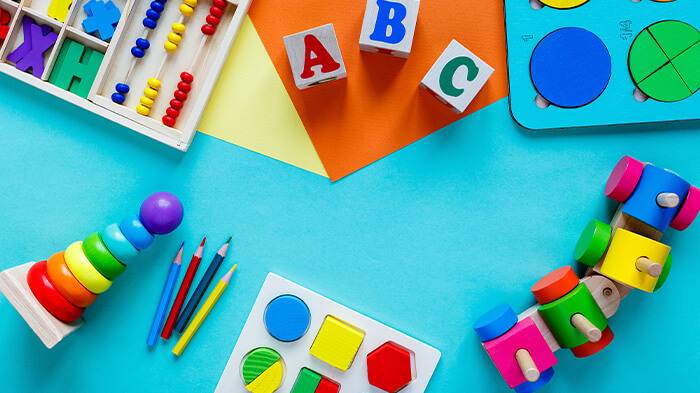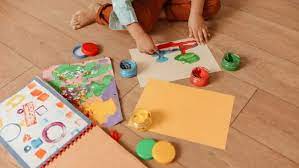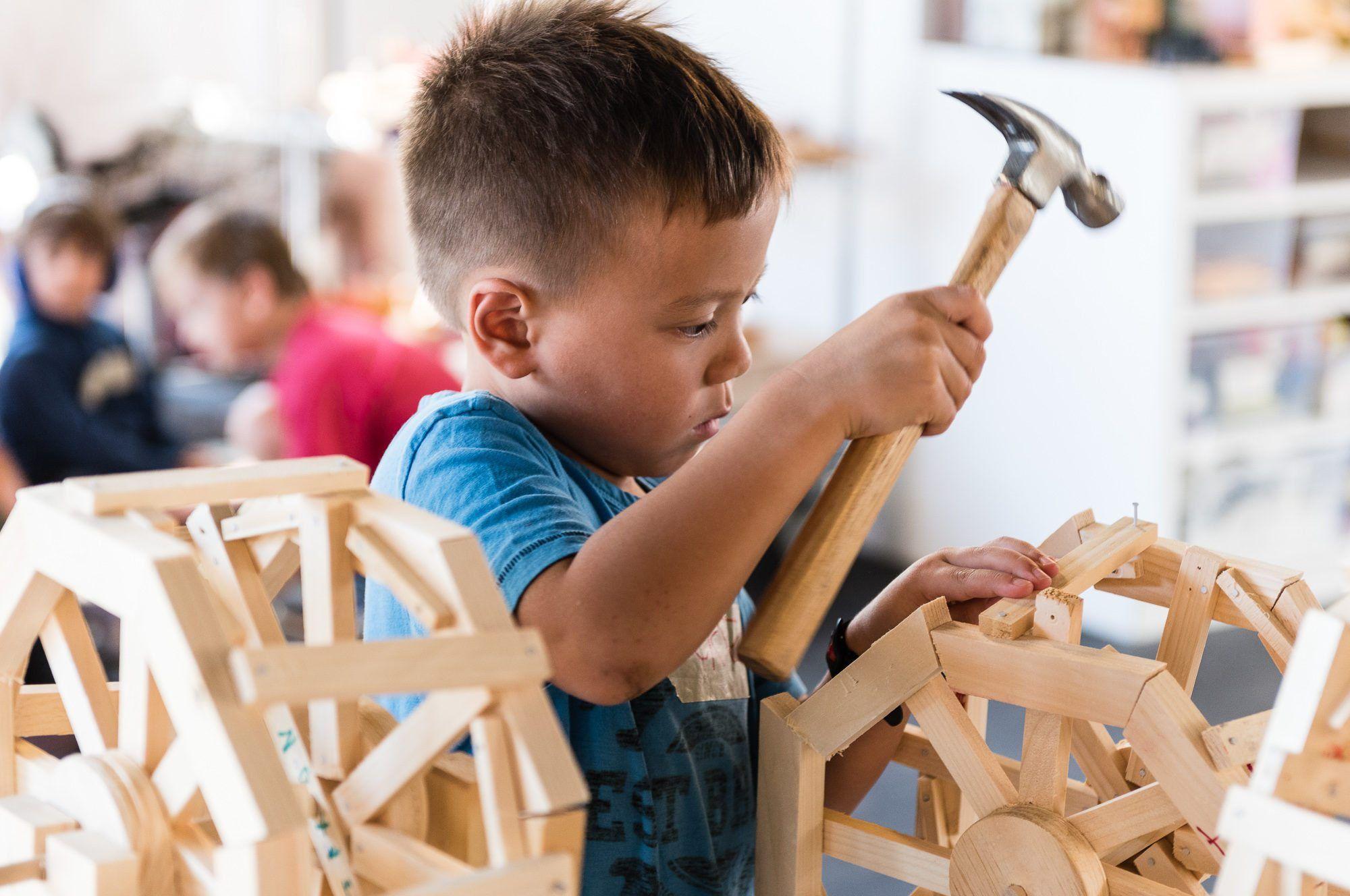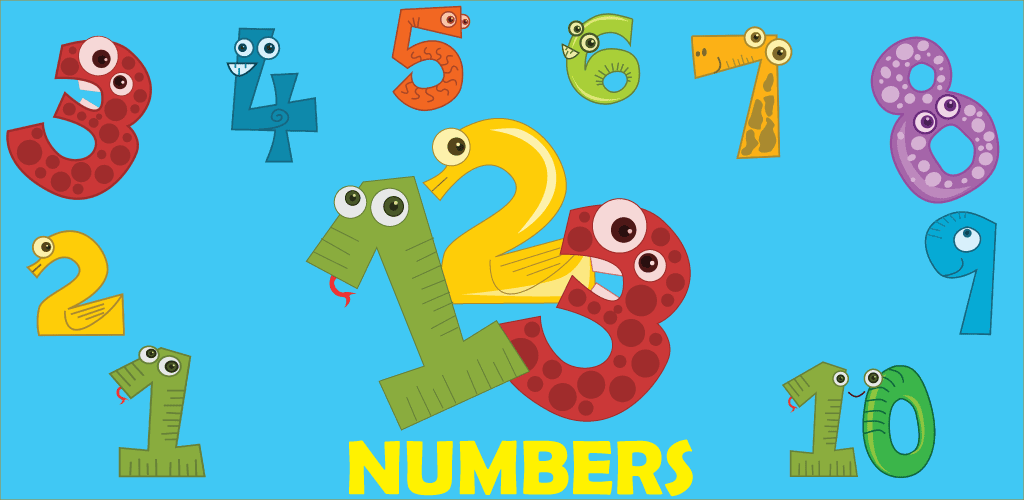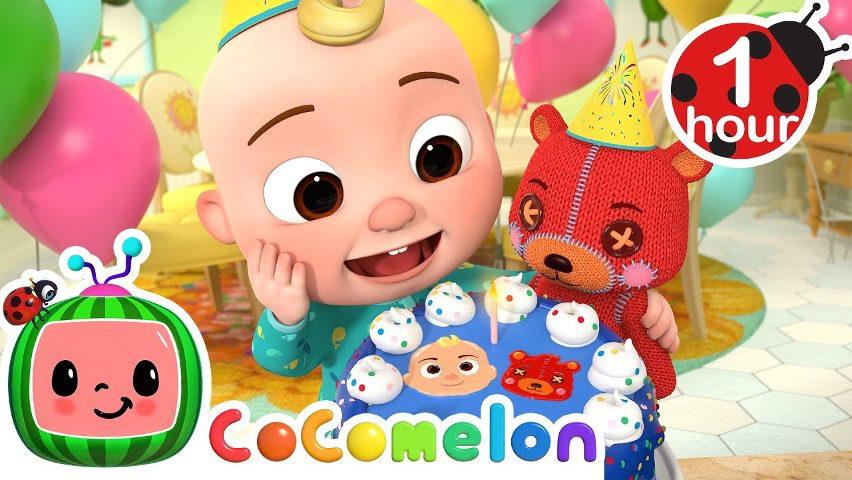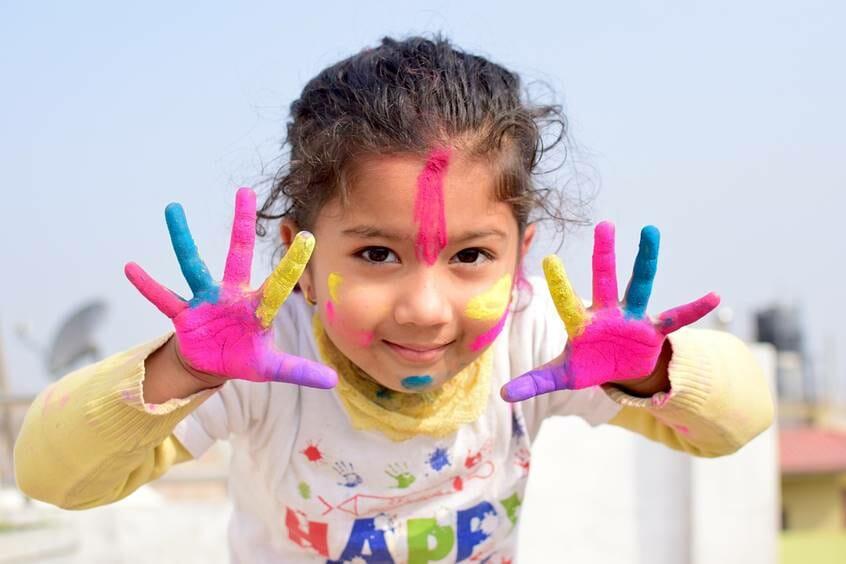In today’s digital age, screen time dominates much of our children’s daily routines, from educational apps to leisurely watching cartoons. While technology undoubtedly offers valuable learning opportunities, the essence of hands-on, interactive play cannot be overstated. This brings us to an essential question: “How can educational toys replace screen time with quality learning?”
Welcome to our exploration of “Best Educational Toys for Effective Screen-Free Learning.” This blog post delves into the magical world of educational toys. In this realm, imagination runs free, and learning knows no bounds. Beyond merely serving as entertainment, suitable educational toys offer a robust platform for children to develop critical thinking, enhance sensory-motor skills, foster emotional and social intelligence, and much more, all without the glow of a digital screen.
As we navigate our carefully curated selection, we will discover how these toys complement traditional learning methods and introduce an element of joy and curiosity often lost in passive screen viewing. From puzzles that challenge the mind to role-playing games that encourage empathy and understanding, each toy has been chosen for its potential to contribute to a holistic development framework.
Join us as we embark on a journey to redefine playtime. Let’s uncover how swapping screen time for toy time can ignite a love for learning, cultivate Creativity, and promote balanced development for our little ones. Our children’s future is bright; let’s illuminate their paths with the best tools for growth and discovery.
How can educational toys replace screen time with quality learning?
Educational toys can remarkably channel children’s natural curiosity and energy into quality learning experiences, effectively serving as a constructive alternative to screen time. Unlike the passive engagement often associated with screens, educational toys promote active learning, requiring children to manipulate, problem-solve, and create using natural, tangible objects. This hands-on interaction is crucial for cognitive development, particularly in younger children, as it simultaneously engages multiple areas of the brain, enhancing connections within the neural network that are vital for learning and memory.

Magna-Tiles Set: Building Foundations in Geometry and Physics
Enter the vibrant world of Magna-Tiles, where every colourful piece clicks into place, not just by magnets but through the laws of geometry and physics. These tiles aren’t just playthings; they’re a canvas for budding architects and young mathematicians to discover the fundamentals of shapes and structures. Watch your child’s eyes light up as they construct their 3D masterpieces, laying the foundations for spatial awareness and a deeper understanding of mathematical concepts, all while engaging in the joy of creative play.
Wooden Number Blocks: Making Math a Tangible Adventure
Forget about digital calculators and screens; arithmetic becomes a hands-on adventure with Wooden Number Blocks. Each block, emblazoned with vibrant numerals and mathematical symbols, transforms equations from abstract ideas into something children can touch, stack, and sort. Playtime counts, as these blocks introduce your little ones to the wonders of numbers, enabling them to build their math skills one block at a time physically.

Children’s Gardening Toolset: Cultivating a Love for Biology
Step outside and dig into the earthy reality of biology with a Children’s Gardening tool set. Transform your backyard into an outdoor classroom where every plant pot and patch of soil offers a living lesson in plant life cycles and ecology. These tools do more than help plants grow; they nurture curiosity, responsibility, and a connection to the natural world. As children plant seeds and watch them sprout, they’re not just increasing gardens—they’re growing their understanding of life science in the most organic way possible.
The Importance of Screen-Free Learning
Why is reducing screen time crucial for children’s development?
The push for screen-free learning comes from a growing understanding of how critical it is for children to engage with the world in tactile and interactive ways, particularly in the formative years of their development. Excessive screen time has been linked to developmental delays, including reduced attention span, hindered social skills, and lessened physical activity, which can impact overall health. Encouraging activities that don’t involve screens allows children the essential opportunity to develop these skills naturally. Physical play, for example, strengthens the body and develops motor skills. At the same time, face-to-face interaction with peers and adults builds emotional intelligence and communication abilities that screens cannot replicate.
Furthermore, reducing screen time helps foster a sense of curiosity and Creativity in children. The passive consumption of content on screens can diminish a child’s drive to explore and create, as the instant gratification of digital media delivers answers and entertainment with little effort. In contrast, screen-free learning with educational toys can nurture a child’s problem-solving and critical thinking skills by presenting challenges and allowing the child to seek solutions actively. This active engagement in learning fosters an inquisitive mindset, encouraging children to ask questions and seek knowledge through exploration and experimentation, laying the foundation for lifelong learning and adaptability.
Cognitive Development
What are the best educational toys for enhancing cognitive skills without screens?
In the arena of child growth, cognitive development is paramount. It’s the framework upon which children build their understanding of the world, develop problem-solving strategies, and cultivate critical thinking skills. Toys that enhance cognitive skills without screens are fundamental, offering a tactile and interactive experience that promotes active learning. Through play, children learn to navigate challenges, explore cause and effect, and develop reasoning skills—all essential for academic and life success.
Classic Wooden Building Blocks: Foundations for Problem-Solving

Classic Wooden Building Blocks are more than toys; they are tools for cognitive development. As children experiment with balance and symmetry, they grasp the principles of geometry and physics.
Pros:
- Promotes an understanding of mathematical concepts.
- Enhances problem-solving and spatial awareness.
- Encourages innovation and Creativity.
Pattern Blocks and Boards: Sharpening Minds Through Design
Pattern Blocks and Boards turn learning into an art form. Children refine their recognition skills and understanding of geometric concepts by arranging these colourful shapes into specific patterns.
Pros:
- Aids visual and spatial reasoning skills.
- Improves memory and recall abilities.
- Boosts confidence and provides a sense of achievement.
Brainteaser Puzzles and Logic Games: Strategy for Young Thinkers
Brainteaser Puzzles and Logic Games offer a mental gymnasium for young minds. Games like the Rush Hour Traffic Jam Puzzle teach children to anticipate and strategise, fostering advanced cognitive skills.
Pros:
- Develops strategic planning and logical reasoning.
- Encourages children to think ahead and problem-solve.
- Adjustable difficulty levels keep children engaged over time.
By incorporating these screen-free educational toys into playtime, we lay the groundwork for children to develop robust cognitive abilities supporting their academic journey and beyond.
Physical Development
How do certain educational toys promote physical development?
The toys children engage with play a pivotal role in their physical development journey. Suitable educational toys are catalysts for developing fine and gross motor skills, essential to a child’s early physical growth.
Precision Meets Creativity with the Tegu Magnetic Wooden Blocks, and little hands find joy and challenge in equal measure. These aren’t your average building blocks; embedded with magnets, they encourage precision and control as children figure out the pull of magnetic forces, enhancing their fine motor skills and dexterity. As they stack, build, and create, their small muscles get a workout as precise as their imaginations are vast.
Pros of Tegu Magnetic Wooden Blocks:
- Encourages precise hand movements and coordination.
- Stimulates creative problem-solving and spatial reasoning.
- Safe, non-toxic finish suitable for children.
- Durable and long-lasting for endless play.
Little Tikes 3-in-1 Sports Zone: Triple the Action, Triple the Fun
The Little Tikes 3-in-1 Sports Zone is a dynamic combination of a basketball hoop, soccer goal, and bowling alley designed for little athletes. It’s a full-body engagement as children run, aim, and kick, nurturing their gross motor skills. This active playset strengthens their core muscles and promotes hand-eye coordination, balance, and a love for physical activity.
Pros to Little Tikes 3-in-1 Sports Zone:
- A multi-sport setup introduces variety in play and skill development.
- Helps in developing coordination and balance.
- Adjustable basketball hoop grows with your child.
- Interactive features like sounds and lights encourage continued play.
By integrating educational toys like magnetic blocks and active playsets into their routine, children can build the foundations of physical health in a joyful, playful context. These toys bridge the gap between learning and movement, ensuring that the benefits of play extend beyond just fun, shaping robust physical capabilities for a lifetime.
Emotional Development
Which educational toys can foster emotional growth and resilience?
Emotional development in children is as crucial as their physical and cognitive growth. Through emotional maturity, they learn resilience, empathy, and understanding qualities that define our human experience. Educational toys that focus on these aspects provide children with the resources to navigate their feelings and those of others, laying a solid foundation for social interactions and personal well-being.
Friends for the Heart Dolls are not just toys; they’re companions that teach children about care, compassion, and empathy. Role-playing with dolls helps kids simulate and understand various emotional scenarios, which helps develop their emotional intelligence.
Pros of Empathy Dolls:
- Encourage children to express and manage their own emotions.
- Help in understanding and responding to the feelings of others.
- Foster nurturing and caring skills through imaginative play.
Playing Through Life’s Ups and Downs Board games that revolve around real-life scenarios allow children to experience complex social situations in a structured and safe environment. These games often involve stories or challenges that require players to make decisions based on understanding emotions and considering the perspectives of others.
Pros of Scenario-Based Board Games:
- Teach decision-making with an emotional intelligence component.
- Enhance problem-solving skills with a focus on social-emotional outcomes.
- Provide a shared play experience that can lead to discussions about feelings and consequences.
Building Emotional Strength Interactive storybooks that involve decision-making captivate children’s imaginations and invite them to step into the character’s shoes. They learn about cause and effect in relationships and emotional reactions as they choose the characters.
Pros of Interactive Storybooks:
- Improve literacy while enriching emotional vocabulary.
- Encourage children to consider the feelings and reactions of characters.
- Introduce concepts such as empathy, kindness, and resilience through storytelling.
By integrating these emotionally focused toys into playtime, children can better understand and articulate their feelings, recognise the emotions of others, and develop the resilience needed to face life’s challenges. These educational toys serve as tools for children to learn about the complexity of emotions in a way that’s engaging, supportive, and, ultimately, fun.
Social Development
In what ways can educational toys improve social skills among peers?
Fostering social skills in children is a critical aspect of their holistic development, something I’ve observed first-hand with my son Archie. At seven years old, Archie’s ability to collaborate and communicate with his peers is mainly attributable to his cooperative games and role-playing experiences. I remember when he first encountered the “Cooperative Farm Game,” a board game where players must work together to tend to farm animals and gather resources before nightfall. Archie and his friends would strategise and negotiate roles, learning the importance of teamwork and shared success. This game honed his social skills and taught him the value of joint effort and the joy of achieving a common goal with his peers.
Role-playing sets, particularly a “Community Helpers” kit we introduced to Archie, have been instrumental in his understanding of social dynamics and community roles. He and his friends would take turns stepping into the roles of firefighters, doctors, and police officers, navigating simulated scenarios that required cooperation and understanding. Through this imaginative play, Archie learned to listen actively, communicate clearly, and exhibit empathy—fundamental skills in any social interaction. It was not just about the fun of pretending; it was a safe space for children to experiment with and understand various social roles and responsibilities.
Holistic development aims to ensure children like Archie grow up to be well-rounded individuals. Educational toys that promote social skills lay the groundwork for children to develop into empathetic, cooperative, and communicative adults. Witnessing Archie’s journey has convinced me that these toys are not just playthings but powerful tools for social education. They teach children to navigate the complexities of social interaction and instil in them a spirit of collaboration that they carry into all areas of life.
How do these educational toys contribute to holistic development without digital screens?
Educational toys serve as a cornerstone in a child’s holistic development, offering a multifaceted approach to growth that extends far beyond what digital screens can provide. Without electronics, these toys bring learning to life through tactile interaction, imaginative play, and real-world problem-solving. They encourage children to engage with their environment actively, utilising all their senses and cultivating a deep connection with the physical world. This engagement is crucial for developing well-rounded skills and abilities, laying a strong foundation for lifelong learning and adaptability.
The beauty of screen-free educational toys lies in their simplicity and profound impact on a child’s development. They promote a balance between cognitive challenges, physical activities, emotional understanding, and social interaction, all of which are necessary for comprehensive development. For instance:
- Cognitive Skills: Puzzles and strategy games enhance problem-solving and critical thinking.
- Physical Abilities: Toys that require manipulation, like building blocks or sports equipment, improve motor skills and coordination.
- Emotional Intelligence: Dolls and storytelling kits allow children to explore emotions and empathy.
- Social Skills: Cooperative board games and team-based activities teach communication, sharing, and collaboration.
These experiences, free from the distractions and limitations of screens, provide children with the tools they need to navigate the world confidently and competently. In embracing the full spectrum of development opportunities that educational toys offer, children can enjoy a rich and varied landscape of learning that prepares them for the challenges and joys of growing up.
Choosing the Right Educational Toys
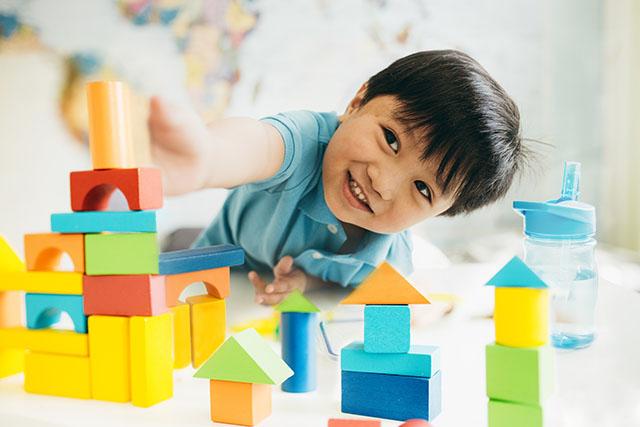
When choosing the perfect educational toys for screen-free learning, it’s essential to consider a balance between fun and development. Each toy should be a stepping stone to your child’s growth, akin to our thoughtful selections for our son Archie, who grew from a curious toddler to a socially adept seven-year-old. Here’s a detailed checklist to guide parents through this critical selection process:
- Age Appropriateness:
- Ensure the toy suits your child’s age group to keep them challenged but not frustrated.
- Opt for toys stimulating the senses, like soft books with various textures for infants and toddlers.
- As children grow, choose toys that match their increasing capabilities, like interlocking blocks for pre-schoolers.
- Align with Interests:
- Select toys that resonate with your child’s current fascinations. If Archie’s love for nature is any indicator, a bug-catching kit can turn a hobby into a learning experience.
- Remember that a child’s interests are fluid, so what captivates them today might change tomorrow.
- Developmental Benefits:
- Look for toys that enhance specific skills. For example, simple board games can teach turn-taking and patience.
- Choose toys that grow with your child, offering increased complexity or multiple play methods.
- Safety Standards:
- Check for non-toxic materials and quality certifications that ensure the toy is safe.
- Inspect toys for small parts if your child is still in the stage of exploring the world orally.
- Encourage Exploration:
- Choose toys that don’t have one correct answer or outcome. Toys like art supplies or musical instruments allow for open-ended play.
- Such toys can foster Creativity and independent thinking.
- Promote Physical Activity:
- Select toys that get your child moving, like balls, jump ropes, or balance bikes, which are essential for physical development.
- Social Play Potential:
- Consider toys that can be shared with others to encourage social skills, like cooperative board games or outdoor group games.
- Durability and Longevity:
- Invest in toys that can withstand the test of time and rough play.
- Consider the toy’s potential for lasting interest over several years.
- Educational Value:
- Does the toy teach new concepts or reinforce existing knowledge? Puzzles and shape sorters are great for spatial awareness, which we found particularly beneficial for Archie.
- Cultural and Diversity Inclusion:
- Select toys that represent a diverse range of cultures and abilities to promote inclusiveness and understanding.
- Ease of Use and Maintenance:
- Can the child play with the toy independently? Is it easy to clean and store? Toys should not burden the child’s play or parents’ peace of mind.
- Expandability and Accessories:
- Can the toy be expanded with accessories or updates? This can increase the toy’s lifespan and interest level.
Keeping this checklist handy when shopping for educational toys can create an entertaining and valuable toy library in your child’s developmental journey. Each toy selection becomes an investment in their future, much like our thoughtful choices for Archie, which have been instrumental in his impressive social and cognitive growth.
